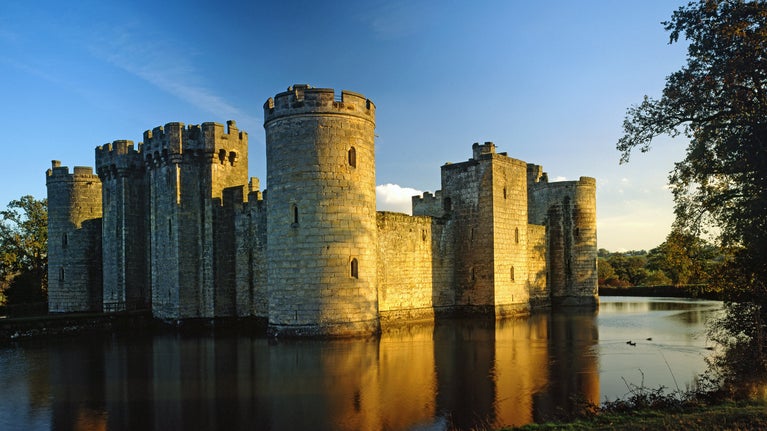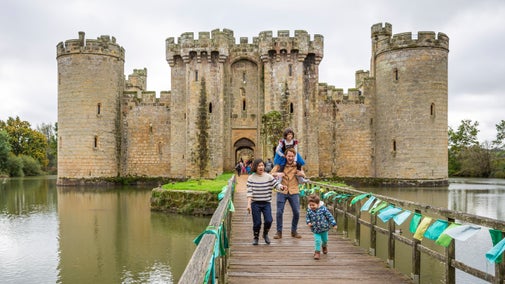
Where will you visit next?
Discover lots of gardens, historic houses, days out at the coast and more.

Royalty, wars and even ghosts – the castles we care for have seen it all. Choose from exploring early fort ruins, the battlements of a medieval castle, or a castle furnished with lavish 17th-century decor and step back in time at some of the best castles in the UK.
If you're looking for an activity-packed day out, find a family-friendly castle where you can explore knights and royalty through the ages.

A royal palace and fortress that survived the English Civil War (1642-1651), Corfe Castle's a romantic ruin, full of history. You can also spot wildlife and take in the views across Purbeck from the top.

Built in the 13th century as a medieval fortress, Powis Castle and Garden reflects the changing ambitions of the Herbert family. There are historic paintings, South Asian collections and views across the Severn Valley to discover.

Surrounded by 1,500 acres of woods, park and farmland, there's plenty of wildlife and nature to look out for whilst exploring the grounds.


Discover lots of gardens, historic houses, days out at the coast and more.